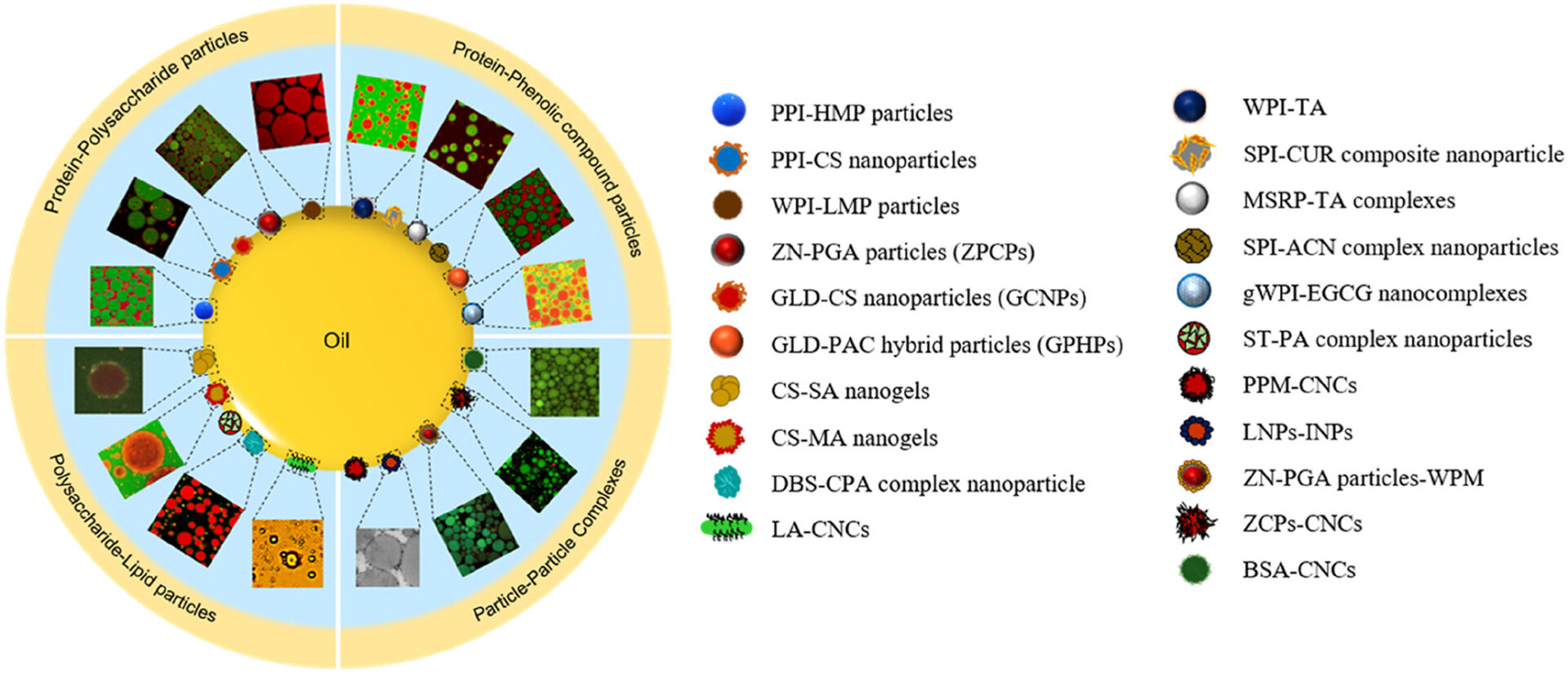New review paper on Hybrid particles for fabricating Pickering emulsions by Nisufyan Nimamimg in Trends in Food Science and Technology

A new review paper titled "Hybrid particles for stabilization of food-grade Pickering emulsions: Fabrication principles and interfacial properties" is published by Nisufyan Nimamimg (PhD Student) in Trends in Food Science and Technology, Volume 138, pp. 671-684 in collaboration with Dr. Amin Sadeghpour and Prof. Brent S. Murray. This review highlights the significant progress that has been made in designing novel hybrid particles, i.e., a combination of two or more materials comprising the particles, for tailoring emulsion stability as well as other functionalities that are not achievable with single particle-laden interfaces in the last 5 years. The review article covers the fabrication, principles, applications and also touches on few state-of-the-art scattering, adsorption and interfacial tools that will be beneficial to understand their benefits over single particles. Key findings from this review suggest that hybrid particles in general exhibit superior functionality particularly in terms of wettability, adsorption behavior and consequently long-term stability, often as a result of interfacial properties as well as bulk stabilization conferred by the hybrid particles. Hybrid particle formation can be performed with proteins, polysaccharides, phenolic compunds and/or lipids, mainly through solvent mediation, covalent and non-covalent interactions based on the functional properties of biopolymers, particles and conditions, respectively. Plant proteins in particular have been the choice for making hybrid particles because plant proteins are often difficult to wet by water or oil phases and need an additional component to allow effective wetting and adsorption at the oil-water interface. In addition, extensive studies have been performed on the fabrication of hybrid particles to stabilize Pickering emulsions for encapsulating and releasing bioactive components. In particular, phenolic compounds have been the choice in this regard due to the phenolic compounds' functionality in terms of antioxidant activity. For more details, check out the open access paper here: https://doi.org/10.1016/j.tifs.2023.06.034
